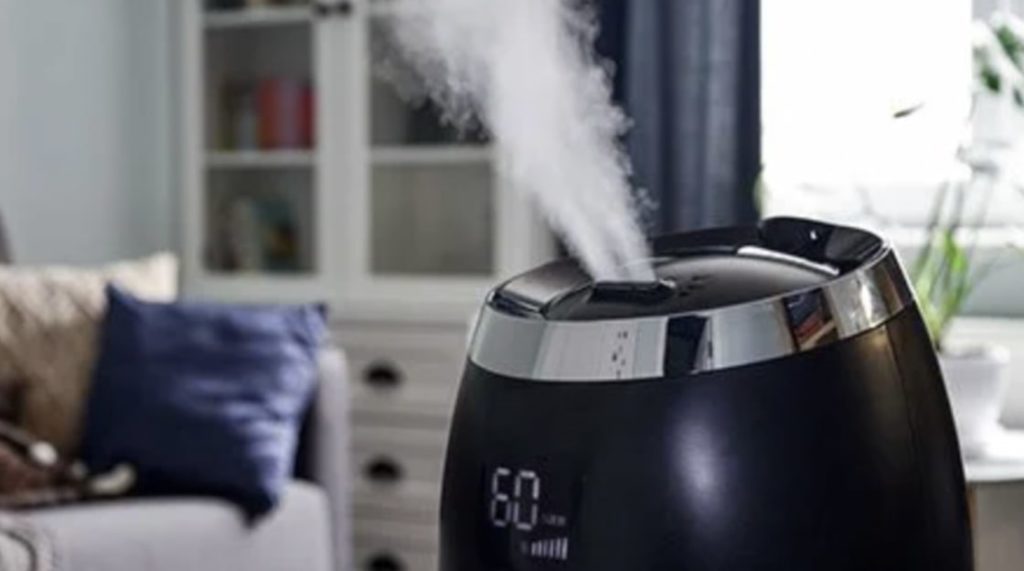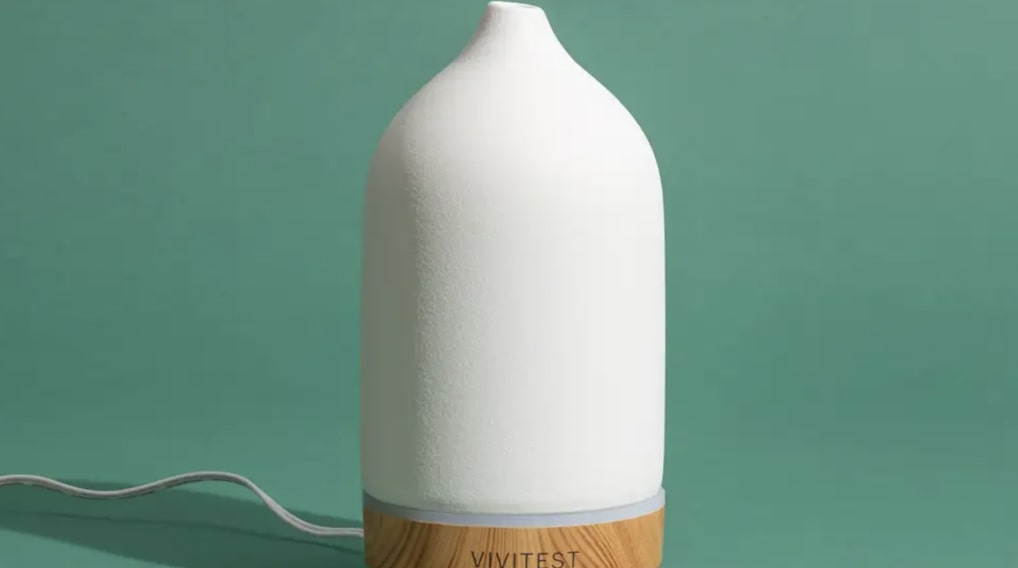Humidifier vs Diffuser: What’s the Difference Between Them
Can’t distinguish between a humidifier and a diffuser? Well, you’ve come to the right place, as we will look into their different kinds and functions, plus their pros and cons in this simple guide.
You may just be curious about them or are thinking of buying one soon to freshen up your home. At any rate, without any more ado, let’s start!
Comparing a Humidifier and Diffuser
Often, people confuse a humidifier and a diffuser. True, they can both be used therapeutically and disperse essential oils to make the home smell fantastic.
But still, the two have their specific purpose. Also, they are different concerning their benefits, tank capacity, and method of operation.
Let’s take a look at each of these criteria below:
- Function
Put simply, a humidifier’s purpose is to add humidity to a room, whereas a diffuser aims to give fragrance to a room.
Note that humidifiers aren’t the same as dehumidifiers which work to reduce the moisture in the room. Consequently, it inhibits fungi growth and dust mites, helping to ease allergies and asthma.
- Benefits
The benefits of a humidifier are to remedy sore throat, a stuffy nose, dry skin, snoring, and the like. Because these are the symptoms that are brought on by dry, low-moisture air.
Conversely, a diffuser is used for aromatherapy alone without altering the moisture level of a given space.
Inhaling the essential oil vapour from these devices can help the body in many ways. It can reduce anxiety, remove headaches, soothe joint pain, promote a relaxed sleep, fight off bacteria and viruses, etc.
However, note that not all humidifiers are designed for using essential oils. Forcing it on them can cause the system to malfunction and the tank to crack.
If you’re thinking of wanting to spread fragrance using a humidifier, we recommend getting an ultra-sonic humidifier. It even has its own receptacle for aromatic oils.
- Method of Operation
Both use water to bring up the moisture level and disperse essential oils into the room. Their tanks have to be refilled when they are close to running out or are already empty.
- Tank Capacity
Regarding tank capacity, humidifiers can accommodate half a gallon or more of water—a lot more than diffusers—which can hold less than a cup of water. This is in general, though, as each model differs.
The Different Types of Humidifiers

With that in mind, let’s now see the different types of humidifiers:
- Cool-Mist Humidifier – A cool-mist humidifier disperses quiet, cool, and comfortable air in the room to reduce the moisture level. Because it doesn’t use hot water, it is safer to use around children and pets.
- Warm-Mist Humidifier – This heats the water to produce steam which is then released into the air. It is used in colder temperatures because it makes you feel cosy and warm.
What’s more, this kind of humidifier works a lot quieter than cool-mist humidifiers.
- Evaporative Humidifier – As the name suggests, an evaporative humidifier has a large tank of water that is soaked by a filter and blown by a fan to disperse to the environment.
In addition to raising the humidity of a room, it helps in removing dust, pollen, among other impurities, making it a great choice for allergy sufferers. An air purifier does the latter, but it doesn’t add to the moisture level.
- Ultrasonic Humidifier – This type uses high-frequency sound vibrations to create a very fine mist that goes out to your room. It allows you to use essential oils to produce a pleasant aroma around you.
The Different Types of Diffusers

Also, here are the different types of diffusers:
- Evaporative Diffuser – This is an ordinary type of diffuser in which you put drops of essential oil in the filter or pad and the interior fan will blow it out to the room.
- Heat Diffuser – It’s the same as an evaporative diffuser but instead of a fan, it uses heat to evaporate the essential oils.
- Nebuliser Diffuser – A nebuliser diffuser is a waterless model that uses neither heat nor water. It has a tube where the essential oils are put in and powerfully vacuumed out in the air.
The result is a faster and higher concentration of essential oil that wafts through the room compared to other types of diffusers.
- Ultrasonic Diffuser – This unit allows you to use it as a diffuser or humidifier according to your aroma misting needs. It is powered by subtle and quiet sound vibrations.
The Pros and Cons of Humidifiers and Diffusers
Here is an overview of the pros and cons of both humidifiers and diffusers:
Conclusion
Now you know the difference between a humidifier and diffuser.
As for what to buy, we recommend ultrasonic humidifiers if you want to increase the moisture level of the room and infuse the air with fragrance.
This type of humidifier is flexible since if you don’t need the essential oil, you can just skip that part when using it. But other humidifier types don’t have this feature.
On the other hand, if you would want a sweet or natural scent to fill your place, you can get a diffuser. There are a variety of sizes you can pick out there to fit your available space.
Likewise, if you are thinking of humidifying your house, an ultrasonic diffuser may be an excellent option because it can do both.

